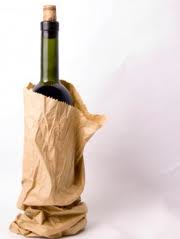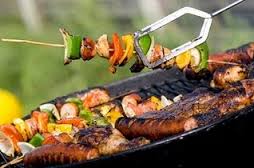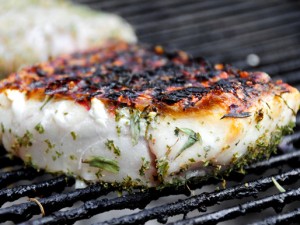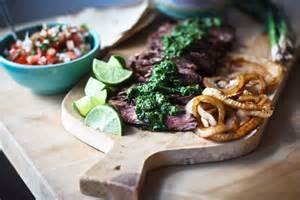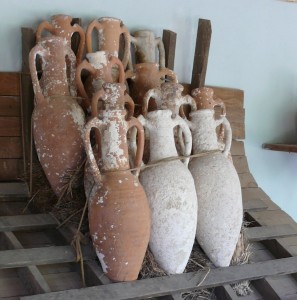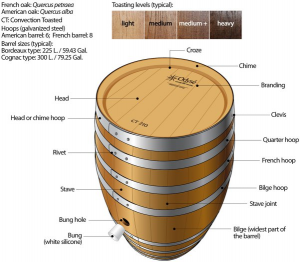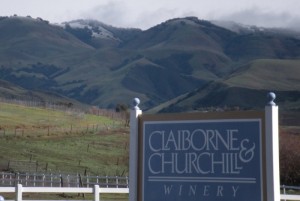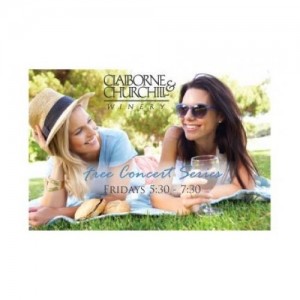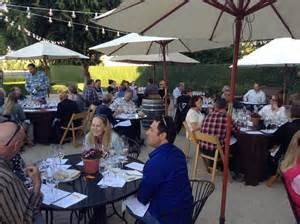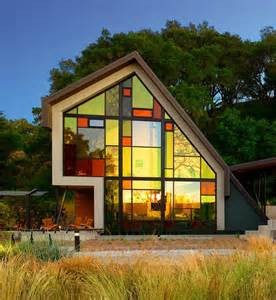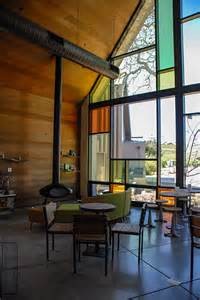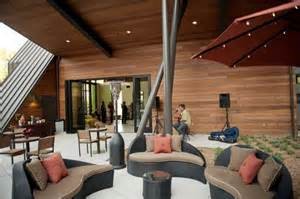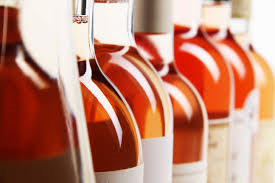The 411 on BYOB
Thinking about bringing your own bottle to a restaurant? Many restaurants not only allow you to BYOB, some now have special nights where they don’t even charge Corkage! Corkage refers to the fee a restaurant charges for a bottle you bring yourself. And yes, you are still obliged to pay corkage on a bottle with a screw cap (I’ve had folks ask, seriously). Think of it as a courtesy for the restaurant allowing you to bring your own special bottle. Keep in mind that various state and local laws might affect this. It’s illegal to bring your own wine to a restaurant in Colorado, for instance. And please, please remember, it is at the discretion of the restaurant owner/management team whether to extend you the privilege to BYOB. So stick with these basic rules of etiquette and you will surely rank among those ‘In the Know’.
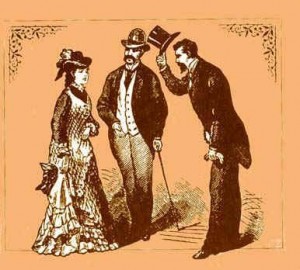 Don’t BYOB to save money. I say this first, even though it overlaps with some of what you’ll read below, because it’s the bottom line. BYOB because it’s your birthday and you have a great Cabernet from your birth year, or because you have an import that you’re dying to try with some fabulous grub, or because the bottle is unique in some way. I promise you that bottle of Three Buck Chuck isn’t going to be worth it.
Don’t BYOB to save money. I say this first, even though it overlaps with some of what you’ll read below, because it’s the bottom line. BYOB because it’s your birthday and you have a great Cabernet from your birth year, or because you have an import that you’re dying to try with some fabulous grub, or because the bottle is unique in some way. I promise you that bottle of Three Buck Chuck isn’t going to be worth it.
Get to know the place first. Go at least once, and if it seems like the kind of place that might be receptive — and, of course, the kind of place you’d like to go back to — then think about bringing your own bottle.
Consider the restaurant. If it’s a fancy place with a great wine list, it’s probably a bad idea to bring your own wine except under very special circumstances.
Just Play it Cool Boy…….
Call ahead and ask if you can bring your own bottle, and ask about the corkage fee. From the response, you’ll get a sense of how the restaurant really feels about this. The corkage fee will tell you something, too. If it’s high — $10-$15 is pretty standard, $25 is getting up there — my guess is the restaurant really doesn’t encourage the practice. Also, if you plan to take more than one bottle, ask if that’s OK. In some cases, it’s not.
Take something special. This is key. If you walk in with a widely available Chardonnay that you could have gotten at the corner wine shop on the way to the restaurant, or something that’s likely on the wine list, you’re probably not going to be treated warmly. But if you have a bottle that is special in some way, the restaurant will likely be charmed. And that incredible bottle of Champagne that you have left over from your wedding would be nice to bring to your first anniversary dinner. Restaurants spend time, money, and effort creating and maintaining their wine lists. I know from experience -it is the work of many including chefs, owners and management to bring you a carefully considered list
Be discreet. Maybe the restaurant doesn’t encourage people to bring their own, but makes exceptions for awesome folks like you. In that case, be awesome. Don’t walk in with a paper bag, hold up the bottle and shout, “Here’s the wine I brought!”
Order some of the restaurant’s wine first. If you’re a party of two, consider having two glasses of the house wine, or two glasses of bubbly, or a specialty cocktail while you study the menu. If there are four of you with a single bottle, perhaps order a bottle of the restaurant’s wine first. This shows good faith, and quite often the restaurant will waive corkage on one bottle if you also order a bottle from the list.
Offer a glass to your server or sommelier or chef. Remember that the reason you have brought this wine is that it’s special in some way. It’s fun to share special wines, and the waiter, sommelier or chef will appreciate your generosity (and they probably won’t take more than a sip anyway).
Tip as though you had purchased a bottle from the wine list. I cannot stress this enough. Your server is working just as hard opening and pouring that bottle as he would if you’d bought it there. If the restaurant seems to charge about $40 for a good bottle of wine, figure the tip based on your bill plus the $40.
Everything I’ve detailed here is really just simple common sense and good manners. If you keep these points in mind, you can make your dining experiences even more special. And the maitre d’ won’t cringe the next time he sees you!



